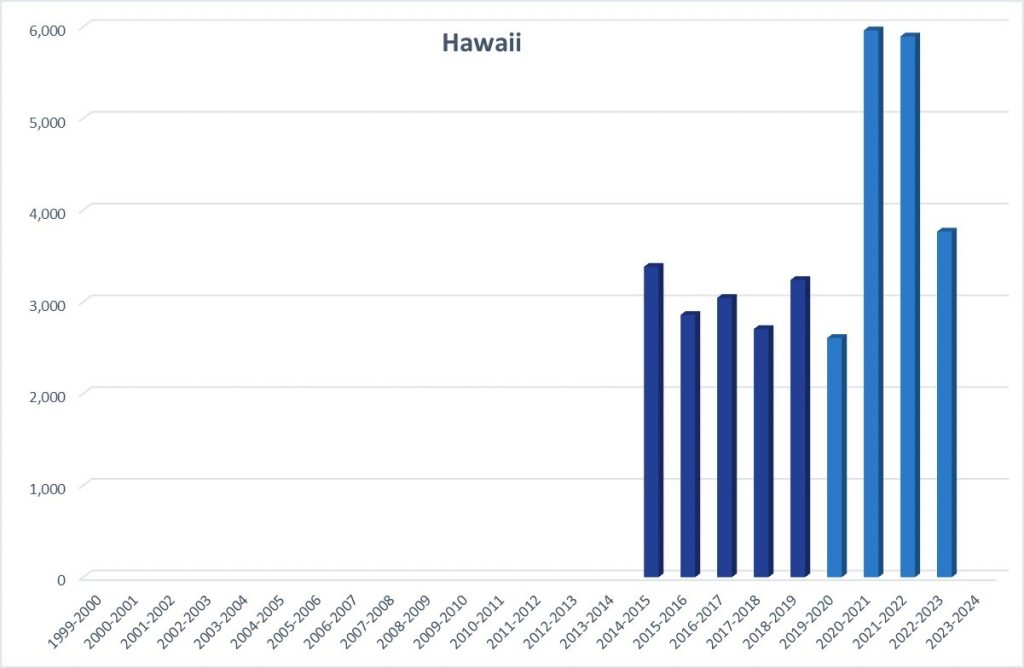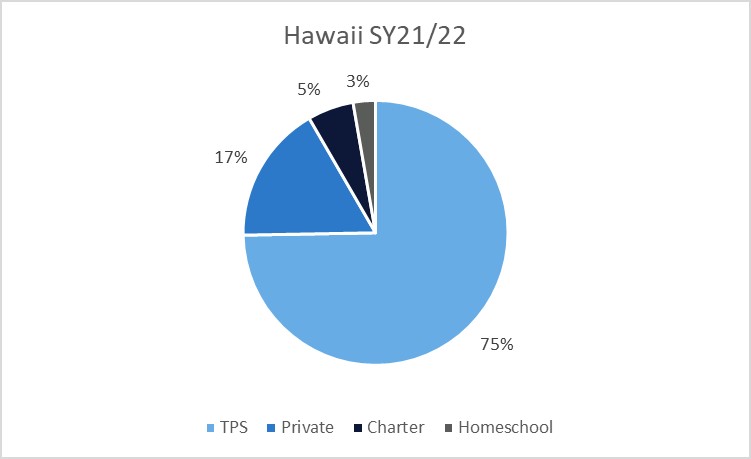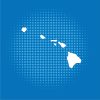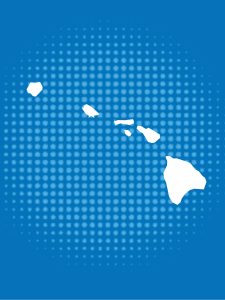Hawaii’s homeschool participation rate is about average compared to the rest of the country.
History
Located in the western United States, Hawaii first legalized homeschooling in 1989. Hawaii is unique because it is a state and a single school district.
Regulation
Hawaii requires families homeschooling their children, ages 6 to 18, to complete and submit an intent to homeschool form to the local neighborhood school. Parents may also write and submit a letter of intent. Required information includes the student’s name, address, and grade. Parents complete this form once per child, or until the child transitions to the next grade level or if they move to a new neighborhood. For example, moving from middle to high school requires filing an updated form.
Hawaii does not require annual intent forms because students must submit evidence of progress each year. Parents may choose the curriculum, and the state does not have a minimum education requirement for the parent-educator. Parents must maintain records that include the curriculum used, hours of instruction, subjects taught, and other recording requirements, as described.
Hawaii homeschool students may take the state assessments free of charge or pay to take a different standardized test. Testing is required in certain grades, and scores may be used to show annual progress. Other options to demonstrate progress include a written evaluation by a certified teacher or the parent and samples of student work.
Hawaii does not provide access for homeschooled students to courses, extracurricular activities, or sports at local public schools. Part of the homeschooling requirements state that access to these types of educational experiences is the parent’s responsibility. However, special needs services are available to homeschooled students (see HAC §8-12-14).
State Data
There is limited data on homeschool participation in Hawaii. For example, around 2,500 students reported participating in homeschooling in 2019, with large spikes in attendance around the time of the pandemic. Upon request, Hawaii provides participation data disaggregated by region and student age.

The U.S. Census data also shows a similar spike during the pandemic, with 4.5% of families homeschooling in the spring of 2020, and increasing to 8.1% by fall. The U.S. Census found that, for the 2022 and 2023 school years, an average of 4.1% of K-12 students in Hawaii were homeschooling.
Cross-Sector Comparison
During the 2019-20 academic year, 1% of Hawaii’s K-12 students were homeschooled. Homeschool participation in the state was much less than the 18% of students attending private schools. 5% of Hawaii students attended a charter school. In 2021-22, 2.7% of Hawaii’s K-12 students were homeschooled. Homeschool participation in the state was much less than the 17% of students attending private schools. 5.6% of Hawaii students attended a charter school.

School Choice Context
In addition to homeschooling, parents have some limited educational choices available in Hawaii. These options include traditional public schools with intra-district choice and charter schools. There are no publicly funded private school options available for any students in the state.
Commentary
Hawaii does not publicly report homeschool participation. Doing so would increase transparency and understanding of homeschooling in the state and nation. The state should also consider providing greater access to public school offerings for all students. This is the trend in the rest of the country, and Hawaii is one of only a dozen states that provides zero access to these educational opportunities for nonpublic students.

-
4.5% Families
Around 4.5% of families in Hawaii homeschooled prior to the pandemic.
-
1989 Legalized
Homeschooling was legalized in 1989 in the state of Hawaii.
-

-
More Information
4.5% Families
Around 4.5% of families in Hawaii homeschooled prior to the pandemic.
1989 Legalized
Homeschooling was legalized in 1989 in the state of Hawaii.

More Information
Last updated December 2023.